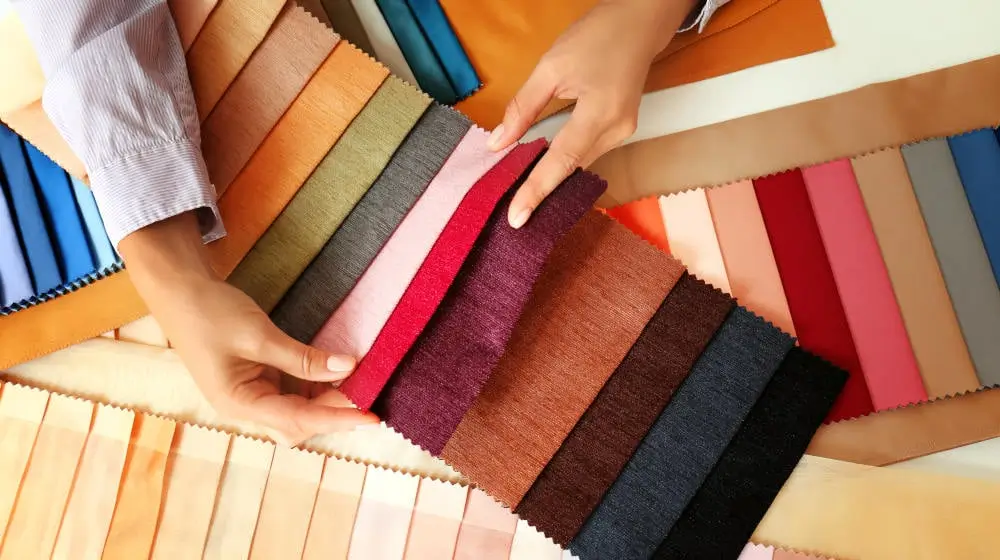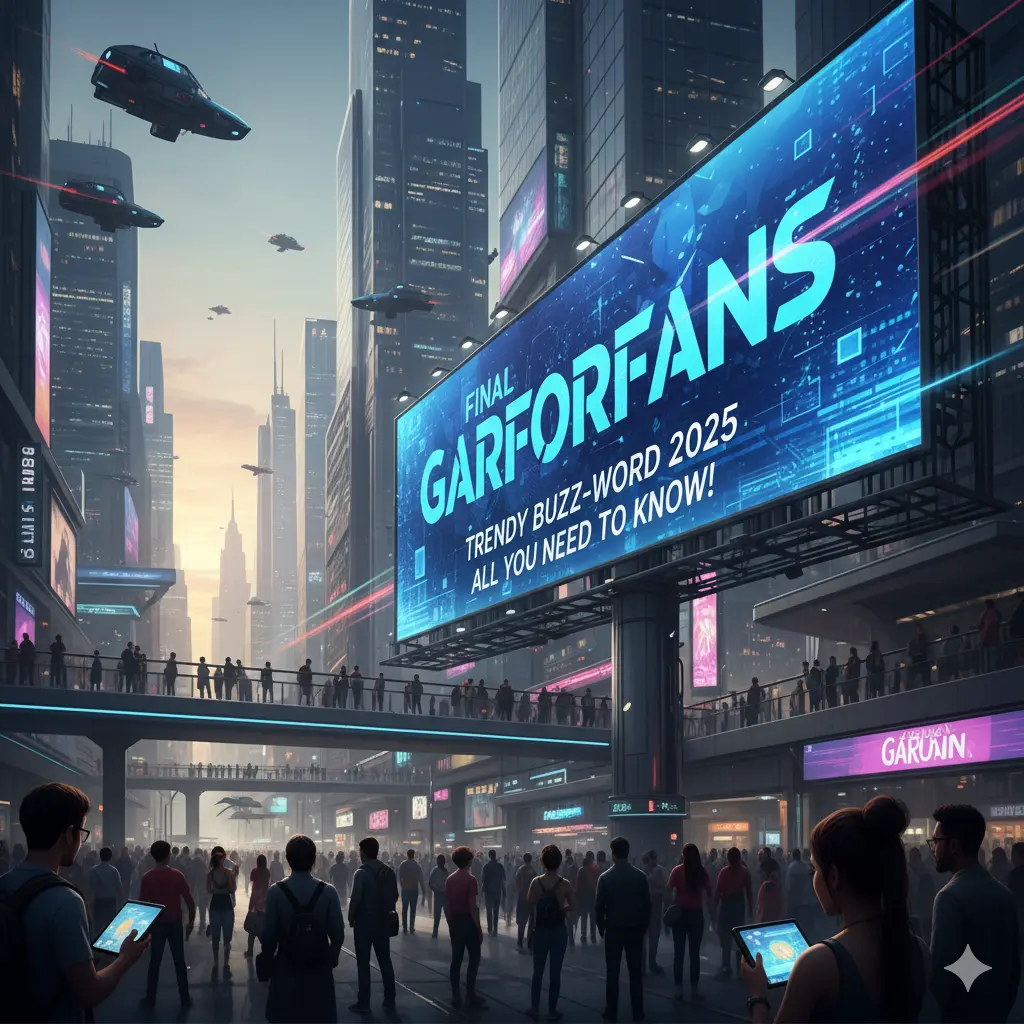
Exploring the Innovative World of Fabrictm | What You Need to Know?
- Ventscripe Staff
- July 27, 2025
- Fashion
- fabrictm
- 0 Comments
Welcome to the world of innovation of Fabrictm, where technology is paired with textiles in a fresh method. It was born from an ambition to change the way we think about the traditional production of fabric. Fabric is redefining how we view materials. Imagine fabrics that aren’t only beautiful and soft, but also eco-friendly and sustainable.
As the world of business evolves and consumers are demanding more ethical selections, Fabrictm has stepped into the spotlight. With its roots deeply rooted in advanced research and development, this innovative textile has endless possibilities for fashionistas, designers, and manufacturers. Are you ready to explore the exciting world of Fabrictm? Let’s look at the factors that make this company stand out from the frantic market!
The Advantages of Fabrictm
Fabrictm is causing waves in diverse industries. Its flexibility sets it apart from traditional textiles.
Fashion designers are impressed by its distinctive feel and versatility. Fabric lets designers create unique designs that were previously hard to create. This flexibility could lead to more imaginative designs.
The healthcare industry also benefits greatly from this material. Its properties against microbes make Fabrictm perfect for medical uniforms and patient clothing, which improve the safety and comfort of patients.
In addition, in the production of automobiles, Fabrictm helps create lightweight but durable interiors. This does not just improve the efficiency of fuel but also enhances the experience of passengers.
Even in the decor of your home, Fabrictm shines with its appealing design and ease of maintenance. Fabric combines style and functionality and appeals to the modern consumer who wants quality without compromise.
Through a seamless integration of multiple industries, Fabrictm showcases a future where flexibility meets practicality.
How Fabrictm is changing the fashion industry?
Fabric is creating noise in the fashion industry, offering a whole new degree of innovation and effectiveness. Designers can now create new patterns and textures that were previously inconceivable.
This revolutionary material allows for greater flexibility, allowing brands to cater to different preferences without compromising quality. Rapid production capabilities reduce durations, allowing collections to be released more often.
Moreover, Fabrictm supports smart textiles–integrating technology into clothing for enhanced functionality. Imagine clothes that adjust their temperature or colors based on the mood!
Fashion shows have evolved into platforms for showcasing these advances and entice audiences with breathtaking images and cutting-edge designs. As collaborations between tech professionals and designers continue to grow, it’s evident that Fabrictm isn’t just another trend and is setting new standards for the industry.
Fabrictm’s environmental impacts Fabrictm, along with its sustainable development
Fabrictm is creating waves in the textile world, and not just because of its unique features, but also due to its smaller footprint on the environment. In contrast to traditional textiles, Fabrictm typically employs sustainable techniques during its production.
The product is often made from recycled fibers and dyes with a low impact. This results in less waste and fewer harmful chemicals that are leaking into our ecological systems. A lot of manufacturers are using renewable sources of energy to power their operations, thereby cutting carbon emissions.
Fabric’s durability also makes it possible to create products that last longer. The consumer can take pleasure in high-quality products with no need for frequent replacements, thus reducing the overall cost of consumption.
This shift towards sustainability positions Fabrictm as a potential contender in environmentally conscious markets. As companies adopt the fabric, they are contributing to an environmentally friendly future while also appealing to eco-conscious customers who want to make sustainable alternatives to fashion and fabrics.
Fabrictm’s challenges and limitations Fabrictm
Although Fabrictm has many benefits, it faces numerous issues. One major issue is manufacturing cost. The creation of this novel material typically requires the use of specialized equipment and processes that are costly to scale.
In addition, there could be questions about the durability of Fabrictm in comparison to conventional textiles. The users are likely to ask whether it will endure the wear and tear of time without damaging the quality.
Another problem is the awareness of consumers. Many are not aware of Fabrictm’s benefits. This is an obstacle to widespread use in various markets.
Regulative hurdles could affect the expansion of Fabrictm. The compliance with industry standards and certifications could hinder the integration of Fabrictm into supply chains. These reasons are the reasons for a cautious attitude from some companies looking to adopt this latest technology.
Future opportunities and developments for Fabrictm
Fabric’s future is filled with new possibilities. As technology advances, we can anticipate more creative applications of this flexible material.
Imagine fabrics that are smart and responsive to changes in the environment. This could result in garments that alter their temperature to suit the needs of the wearer. The potential for improved efficiency and comfort is enormous.
Additionally, the collaboration between companies in tech and fashion designers could accelerate the development. Wearable technology integrated seamlessly into clothing could change the way we use our clothes.
The research into bio-based alternatives could be developed to push the boundaries of sustainability and ensure high performance. These developments would go hand-in-hand with the increasing demand of consumers for products that are eco-friendly.
As Fabrictm develops, it will not just affect industries, but also the way we live our lives in a profound way. The future promises a mix of imagination and practicality that is yet to be fully realized.
Conclusion
As the textile industry searches for new ways to innovate, Fabrictm emerges as a promising competitor. Its roots are in the latest technology and sustainable practices, and it offers a new way of making fabric. Many industries are taking advantage of its advantages, from fashion to healthcare.
The fashion revolution is a major event. The Sector is notable. Designers are impressed by how Fabrictm can be used to create new ideas and its functionality. Fabric does not just improve the performance of garments, but also responds to the demand of consumers for environmentally friendly alternatives.
In terms of sustainability, the environmental impact of Fabrictm can’t be undervalued. By reducing waste and using materials more effectively, the company is in line with the global effort to adopt more eco-friendly methods of operation.
However, challenges are present too. Fabrictm’s adoption faces obstacles like cost and scalability that need to be addressed before widespread adoption is possible.
Future developments in this field could lead to even greater opportunities for Fabrictm. As more research is conducted and innovations are discovered, the next decade could be full of exciting possibilities that could alter the way we use textiles.
When you consider all of these aspects–its advantages across industries, its implications for fashion and environmental commitments, in addition to the existing issues, the question is, What is Fabrictm’s potential to revolutionize the world of textiles? It will be interesting to see whether it will become a standard or remain an idea that is a bit off the beaten path of technology in textiles.
More to Read: Emperor golf




